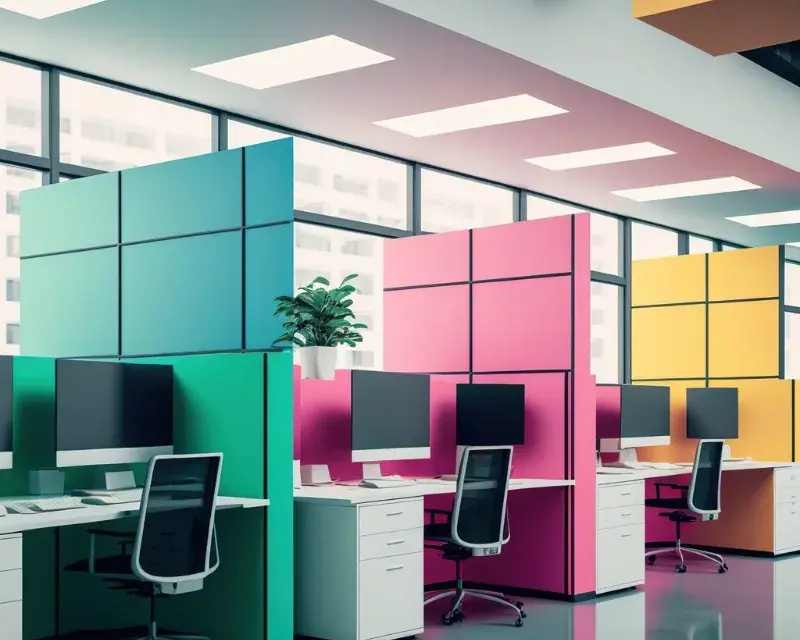Architectural design plays a pivotal role in shaping modern workplaces, influencing not only the physical environment but also the productivity and well-being of employees. In today’s competitive business landscape, organizations are increasingly recognizing the importance of creating conducive workspaces that foster creativity, collaboration, and efficiency. Here, we explore how well-designed architectural spaces can significantly enhance workplace productivity through thoughtful considerations of natural light, flexible layouts, and ergonomic principles.
Natural Light: Enhancing Mood and Performance
Natural light is a cornerstone of well-being in the workplace. Architectural designs that prioritize ample natural light contribute to a healthier and more productive workforce. Exposure to natural light has been linked to improved mood, reduced stress levels, and enhanced cognitive function. Employees working in naturally lit environments often report higher job satisfaction and increased productivity. Incorporating large windows, skylights, and open-plan designs allows daylight to penetrate deep into the workspace, reducing reliance on artificial lighting and creating a more vibrant and inviting atmosphere.
Flexible Layouts: Adapting to Diverse Needs
Flexibility is key to modern architectural design aimed at optimizing workplace productivity. Traditional office setups are giving way to flexible layouts that accommodate various work styles and tasks. Open-plan designs, modular furniture, and movable partitions enable spaces to be reconfigured quickly to suit changing needs. This adaptability not only enhances collaboration and communication among teams but also supports individual focus and creativity. By providing employees with versatile work environments, organizations empower them to work more efficiently and effectively, ultimately driving overall productivity.
Ergonomic Design: Promoting Health and Comfort
Ergonomics is integral to architectural design focused on enhancing workplace productivity and employee well-being. Designing ergonomic workspaces involves creating environments that support physical health and comfort. Adjustable desks, ergonomic chairs, and properly positioned workstations are essential elements that reduce the risk of musculoskeletal disorders and fatigue. By optimizing workplace ergonomics, organizations can minimize absenteeism, improve employee satisfaction, and boost productivity levels. Employees who are comfortable and supported in their work environment are more likely to perform at their best consistently.
Integration of Technology: Enhancing Efficiency and Connectivity
Modern architectural design also incorporates technology to enhance workplace efficiency and connectivity. Smart buildings equipped with advanced HVAC systems, lighting controls, and integrated communication technologies streamline operations and improve energy efficiency. Digital workspaces and collaborative tools enable seamless communication and project management across teams, irrespective of physical location. By leveraging technology in architectural design, organizations can create agile and responsive workplaces that facilitate innovation and productivity.
Conclusion
In conclusion, architectural design has a profound impact on workplace productivity by creating environments that promote employee well-being, collaboration, and efficiency. Thoughtful integration of natural light, flexible layouts, ergonomic principles, and advanced technology fosters a conducive work environment where employees thrive. By investing in innovative architectural designs that prioritize both physical and psychological aspects of the workplace, organizations can unlock the full potential of their workforce and achieve sustainable growth and success in today’s competitive market.






